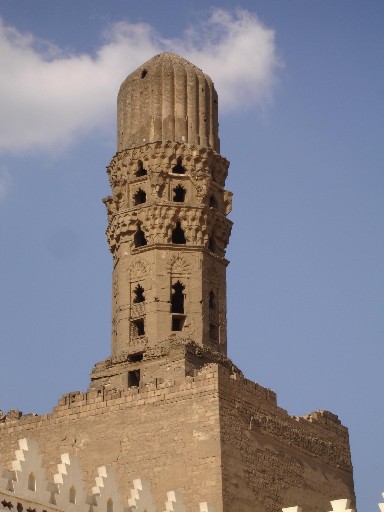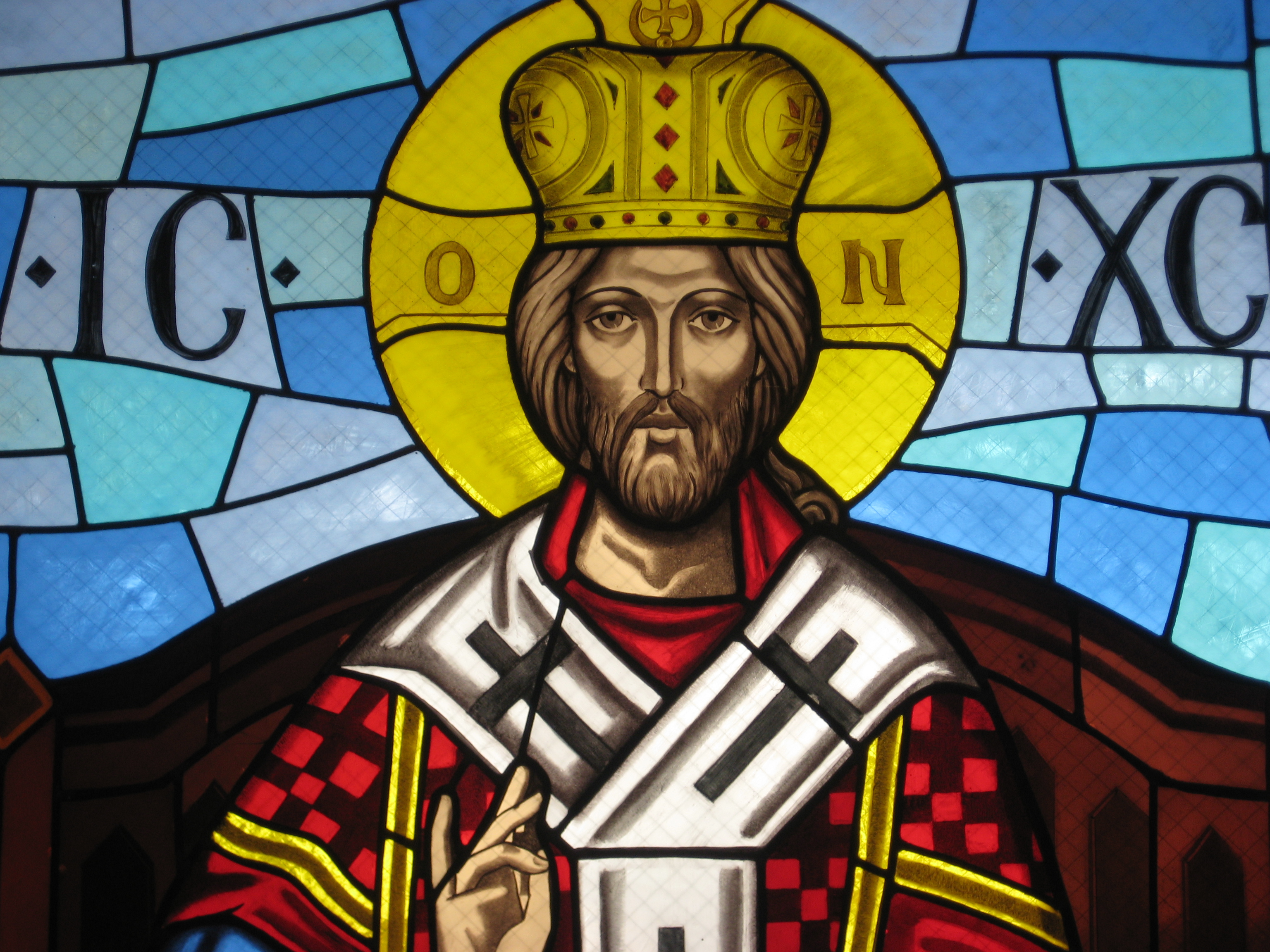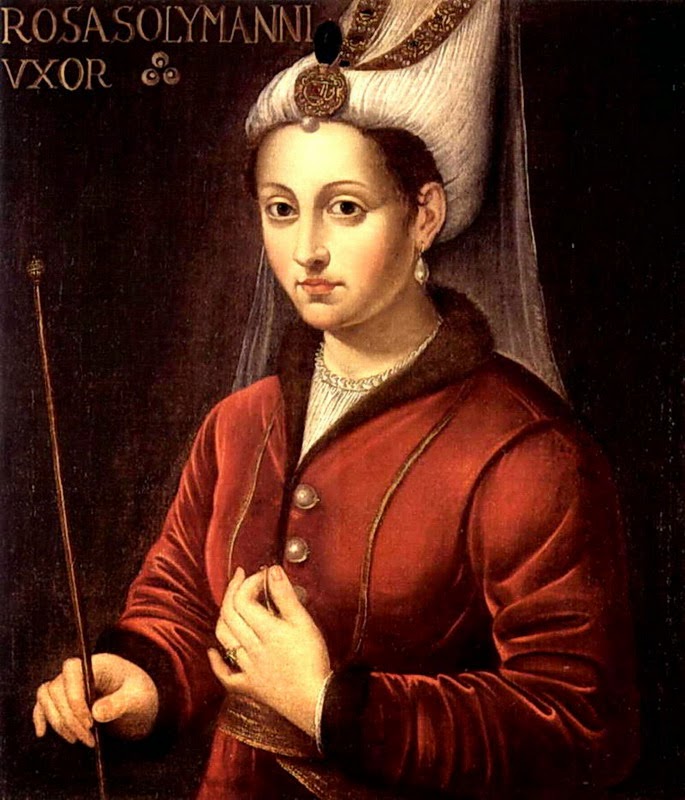|
Al-Hakim Bi-Amr Allah
Abu Ali al-Mansur (; 13 August 985 – 13 February 1021), better known by his regnal name al-Hakim bi-Amr Allah (), was the sixth Fatimid caliph and 16th Ismaili imam (996–1021). Al-Hakim is an important figure in a number of Shia Ismaili sects, such as the world's 15 million Nizaris and 1–2 million Musta'lis, in addition to 2 million Druze. (''Which page?'') Histories of al-Hakim can prove controversial, as diverse views of his life and legacy exist. Historian Paul Walker writes "Ultimately, both views of him, the mad and despotic tyrant (like Germanic and Roman despots) irrationally given to killing those around him on a whim, and the ideal supreme ruler, divinely ordained and chosen, whose every action was just and righteous, were to persist, the one among his enemies and those who rebelled against him, and the other in the hearts of true believers, who, while perhaps perplexed by events, nonetheless remained avidly loyal to him to the end." Appraisals of ... [...More Info...] [...Related Items...] OR: [Wikipedia] [Google] [Baidu] |
List Of Isma'ili Imams
This is a list of the Imamate in Ismaili doctrine, Imams as recognized by the different sub-sects of the Isma'ilism, Ismai'li sect of Shia Islam. Imams are considered members of the ''Ahl al-Bayt, Bayt'' (Household) of Muhammad through his daughter Fatima. Early Imams All Isma'ili sects share the first four Imams with the Zaydism, Zaydi Shia, and the first six Imams with the Twelver Shi'ism, Twelver Shia. The Nizari Isma'ilism, Nizari and Musta'li Ismailism, Musta'li are collectively also known as Fatimid Isma'ili, in contrast to the Sevener, Sevener Isma'ili. After Ali ibn Husayn Zayn al-Abidin, the Zaydis consider Zayd ibn Ali to be their next Imam rather than his older brother Muhammad al-Baqir who is considered the next Imam by the Isma'ili and Twelvers. After Ja'far al-Sadiq, the Twelvers consider Musa al-Kazim, Musa ibn Ja'far to be their next Imam, whereas Fatimid Isma'ilis consider his older brother Isma'il ibn Ja'far to be their next Imam, followed next by his son Mu ... [...More Info...] [...Related Items...] OR: [Wikipedia] [Google] [Baidu] |
Musta'li
Musta'li Isma'ilism () is a branch of Isma'ilism named for their acceptance of al-Musta'li as the legitimate ninth Fatimid caliph and legitimate successor to his father, al-Mustansir Billah (). The Nizari the other living branch of Ismailism, led by Aga Khan V believe the ninth caliph was al-Musta'li's elder brother, Nizar. The Musta'li originated in Fatimid-ruled Egypt, later moved its religious center to Yemen, and gained a foothold in 11th-century Western India through missionaries. The Tayyibi and the Hafizi Historically, there was a distinction between the Tayyibi and the Hafizi Musta'lis, the former recognizing at-Tayyib Abu'l-Qasim as the legitimate heir of the Imamate after al-Amir bi-Ahkam Allah and the latter following al-Hafiz, who was enthroned as caliph. The Hafizi view lost all support following the downfall of the Fatimid Caliphate: later Musta'lis are all Tayyibi. Syedna Mohammed Burhanuddin was the 52nd Da'i al-Mutlaq of the Dawoodi Bohra community. ... [...More Info...] [...Related Items...] OR: [Wikipedia] [Google] [Baidu] |
Sicily
Sicily (Italian language, Italian and ), officially the Sicilian Region (), is an island in the central Mediterranean Sea, south of the Italian Peninsula in continental Europe and is one of the 20 regions of Italy, regions of Italy. With 4.7 million inhabitants, including 1.2 million in and around the capital city of Palermo, it is both the largest and most populous island in the Mediterranean Sea. Sicily is named after the Sicels, who inhabited the eastern part of the island during the Iron Age. Sicily has a rich and unique culture in #Art and architecture, arts, Music of Sicily, music, #Literature, literature, Sicilian cuisine, cuisine, and Sicilian Baroque, architecture. Its most prominent landmark is Mount Etna, the tallest active volcano in Europe, and one of the most active in the world, currently high. The island has a typical Mediterranean climate. It is separated from Calabria by the Strait of Messina. It is one of the five Regions of Italy#Autonomous regions with s ... [...More Info...] [...Related Items...] OR: [Wikipedia] [Google] [Baidu] |
Patriarch
The highest-ranking bishops in Eastern Orthodoxy, Oriental Orthodoxy, the Roman Catholic Church (above major archbishop and primate), the Hussite Church, Church of the East, and some Independent Catholic Churches are termed patriarchs (and in certain cases also '' popes'' – such as the pope of Rome or pope of Alexandria). The word is derived from Greek πατριάρχης (''patriarchēs''), meaning "chief or father of a family", a compound of πατριά (''patria''), meaning "family", and ἄρχειν (''archein''), meaning "to rule". Originally, a ''patriarch'' was a man who exercised authority as a pater familias over an extended family. The system of such rule of families by senior males is termed patriarchy. Historically, a patriarch has often been the logical choice to act as ethnarch of the community identified with his religious confession within a state or empire of a different creed (such as Christians within the Ottoman Empire). The term developed an ... [...More Info...] [...Related Items...] OR: [Wikipedia] [Google] [Baidu] |
Melkite
The term Melkite (), also written Melchite, refers to various Eastern Christian churches of the Byzantine Rite and their members originating in West Asia. The term comes from the common Central Semitic root ''m-l-k'', meaning "royal", referring to the loyalty to the Byzantine emperor. The term acquired religious connotations as denominational designation for those Christians who accepted imperial religious policies, based on Christological resolutions of the Council of Chalcedon (451). Originally, during the Early Middle Ages, Melkites used both Koine Greek and Aramaic ( Classical Syriac & Syro-Palestinian) language in their religious life, and initially employed the Antiochian rite in their liturgy, but later (10th–11th century) accepted Constantinopolitan rite, and incorporated Arabic in parts of their liturgical practices. When used in denominational terminology, ''Melkite'' designations can have two distinctive meanings. The term ''Orthodox Melkites'' thus refers ... [...More Info...] [...Related Items...] OR: [Wikipedia] [Google] [Baidu] |
Edinburgh University Press
Edinburgh University Press is a scholarly publisher of academic books and journals, based in Edinburgh, Scotland. History Edinburgh University Press was founded in the 1940s and became a wholly owned subsidiary of the University of Edinburgh in 1992. Books and journals published by the press carry the imprimatur of The University of Edinburgh. All proposed publishing projects are appraised and approved by the Press Committee, which consists of academics from the university. Since August 2004, the Press has had Charitable Status. In November 2013, Edinburgh University Press acquired Dundee University Press for an undisclosed sum, with a stated aim to increase textbook and digital sales, with a particular focus on law. Brodies advised Edinburgh University Press on the terms of the acquisition. Publishing Edinburgh University Press publishes a range of research publications, which include scholarly monographs and reference works, as well as materials which are available on-lin ... [...More Info...] [...Related Items...] OR: [Wikipedia] [Google] [Baidu] |
Umm Al-walad
In the Muslim world, the title of ''umm al-walad'' () was given to a slave-concubine who had given birth to a child acknowledged by her master as his. These women were regarded as property and could be sold by their owners, a practice that was permitted at the time under regulations from Prophet Muhammad. After Muhammad’s death, Umar authorized a policy during his time as a caliph, that prohibited owners from selling or gifting their ''umm al-walads'', and upon their owners deaths, they would be granted freedom. Ali, Muhammad's cousin and son-in-law, initially concurred with Umar's decision. However, after Umar's death and the death of Uthman, who maintained the policy, Ali reversed it in the later period of his caliphate, declaring that ''umm al-walad'' was still sellable despite having given birth to the owner's child. Ali's viewpoint was eventually integrated into Shi'ism, along with the acceptance of temporary marriages. On the other hand, all prominent Sunni legal sch ... [...More Info...] [...Related Items...] OR: [Wikipedia] [Google] [Baidu] |
Islamic Calendar
The Hijri calendar (), also known in English as the Islamic calendar, is a lunar calendar consisting of 12 lunar months in a year of 354 or 355 days. It is used to determine the proper days of Islamic holidays and rituals, such as the Ramadan, annual fasting and the annual season for the Hajj, great pilgrimage. In almost all countries where the predominant religion is Islam, the civil calendar is the Gregorian calendar, with Assyrian calendar, Syriac month-names used in the Arabic names of calendar months#Levant and Mesopotamia, Levant and Mesopotamia (Iraq, Syria, Jordan, Lebanon and Palestine), but the religious calendar is the Hijri one. This calendar enumerates the Hijri era, whose Epoch (reference date), epoch was established as the Islamic New Year in 622 Common Era, CE. During that year, Muhammad and his followers migrated from Mecca to Medina and established the first Muslim community (''ummah''), an event commemorated as the Hijrah. In the West, dates in this era ar ... [...More Info...] [...Related Items...] OR: [Wikipedia] [Google] [Baidu] |
Rabi' Al-awwal
Rabiʽ al-Awwal (, also known as Rabi' al-Ula (), or Rabi' I) is the third month of the Islamic calendar. The name ''Rabī‘ al-awwal'' means "''the first month'' or ''beginning of Spring (season), spring''", referring to its position in the pre-Islamic Arabian calendar. Meaning The word "Rabi" means "Spring (season), spring" and Al-awwal means "the first" in the Arabic language, so "Rabi' al-awwal" means "the first spring" in Arabic. The name seems to have to do with the celebratory events in the month, as spring marks the end of winter (a symbol of sadness) and consequently the start of happiness. As the Islamic calendar is a purely lunar calendar, the month naturally rotates over solar years, so Rabīʽ al-awwal can fall in spring or any other season. Therefore, the month cannot be related to the actual season of spring. And it's mentioned in the Arabic lexicons that Arabs add the word "month" to Rabi' al-Awwal, Rabi' al-Thani, Rabi' al-Akhir and Ramadan months only, and m ... [...More Info...] [...Related Items...] OR: [Wikipedia] [Google] [Baidu] |
Al-Aziz Billah
Abu Mansur Nizar (; 10 May 955 – 14 October 996), known by his regnal name as al-Aziz Billah (), was the fifth caliph of the Fatimid dynasty, from 975 to his death in 996. His reign saw the capture of Damascus and the Fatimid expansion into the Levant, which brought al-Aziz into conflict with the Byzantine emperor Basil II over control of Aleppo. During the course of this expansion, al-Aziz took into his service large numbers of Turkic and Daylamite slave-soldiers, thereby breaking the near-monopoly on Fatimid military power held until then by the Kutama Berbers. Biography Nizar, the future al-Aziz Billah, was born on 10 May 955, the third son of the fourth Fatimid Caliph, al-Mu'izz li-Din Allah (). His mother, Durzan, usually known as ('the Lady of al-Mu'izz') was the chief concubine of al-Mu'izz, and likely of Bedouin origin. She was known for her beautiful singing voice, which earned her the nickname ('Twitter'). She is also recorded as the first Fatimid female pat ... [...More Info...] [...Related Items...] OR: [Wikipedia] [Google] [Baidu] |
Heir-apparent
An heir apparent is a person who is first in the order of succession and cannot be displaced from inheriting by the birth of another person. A person who is first in the current order of succession but could be displaced by the birth of a more eligible heir is known as an heir presumptive. Today these terms most commonly describe heirs to hereditary titles (e.g. titles of nobility) or offices, especially when only inheritable by a single person. Most monarchies refer to the heir apparent of their thrones with the descriptive term of ''crown prince'' or ''crown princess'', but they may also be accorded with a more specific substantive title: such as Prince of Orange in the Netherlands, Duke of Brabant in Belgium, Prince of Asturias in Spain (also granted to heirs presumptive), or the Prince of Wales in England and Wales; former titles include Dauphin in the Kingdom of France, and Tsesarevich in Imperial Russia. The term is also applied metaphorically to an expected successor to ... [...More Info...] [...Related Items...] OR: [Wikipedia] [Google] [Baidu] |
Nero
Nero Claudius Caesar Augustus Germanicus ( ; born Lucius Domitius Ahenobarbus; 15 December AD 37 – 9 June AD 68) was a Roman emperor and the final emperor of the Julio-Claudian dynasty, reigning from AD 54 until his death in AD 68. Nero was born at Antium in AD 37, the son of Gnaeus Domitius Ahenobarbus (father of Nero), Gnaeus Domitius Ahenobarbus and Agrippina the Younger (great-granddaughter of the emperor Augustus). Nero was three when his father died. By the time Nero turned eleven, his mother married Emperor Claudius, who then Adoption in ancient Rome, adopted Nero as his heir. Upon Claudius' death in AD 54, Nero ascended to the throne with the backing of the Praetorian Guard and the Senate. In the early years of his reign, Nero was advised and guided by his mother Agrippina, his tutor Seneca the Younger, and his praetorian prefect Sextus Afranius Burrus, but sought to rule independently and rid himself of restraining influences. The power ... [...More Info...] [...Related Items...] OR: [Wikipedia] [Google] [Baidu] |





